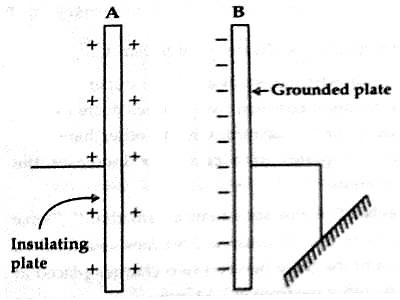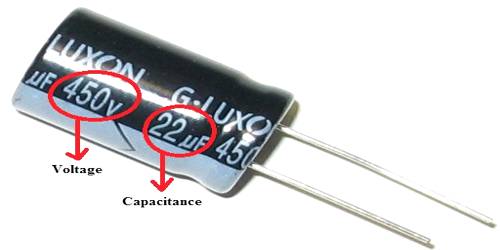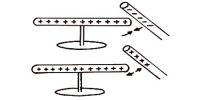Principle of Capacitor
The mechanical process of storing charges in a conductor is called capacitor or, the mechanical process by which electricity is stored is called capacitor. A capacitor is formed by two conductors separated by a small distance. In its simplest form, a capacitor consists of two conducting plates separated by an insulating material called the dielectric. By inserting a dielectric medium between the two conductors, the capacitance can be increased.
Principle: Let A be an insulated conductor which is made positively charged by connecting to a generator. B is another uncharged grounded conductor. It is placed near A [Figure].

As a result, due to induction, the nearer side of B will be negatively charged and far side will be positively charged Since B is connected to the ground, electrons from the earth will enter into the ground and will neutralize the positive charge. The negative charge of B will superimpose negative potential on A. Consequently, the potential of A will be reduced to some extent. Now since C = Q/V, so capacitance of A will increase and it can take more charges. If B is brought nearer and nearer to A, the potential of A will decrease more and more. So, it is seen that capacitance of A is increased due to the presence of the uncharged grounded plate B. This type of mechanical arrangement is called a capacitor or a condenser. It is to be mentioned that B is not to be grounded necessarily. But grounding increases the effectiveness of the capacitor.
If the medium between the plates is air, the capacitor is called air capacitor, and if there is glass between the plates, the capacitor is called glass capacitor.












